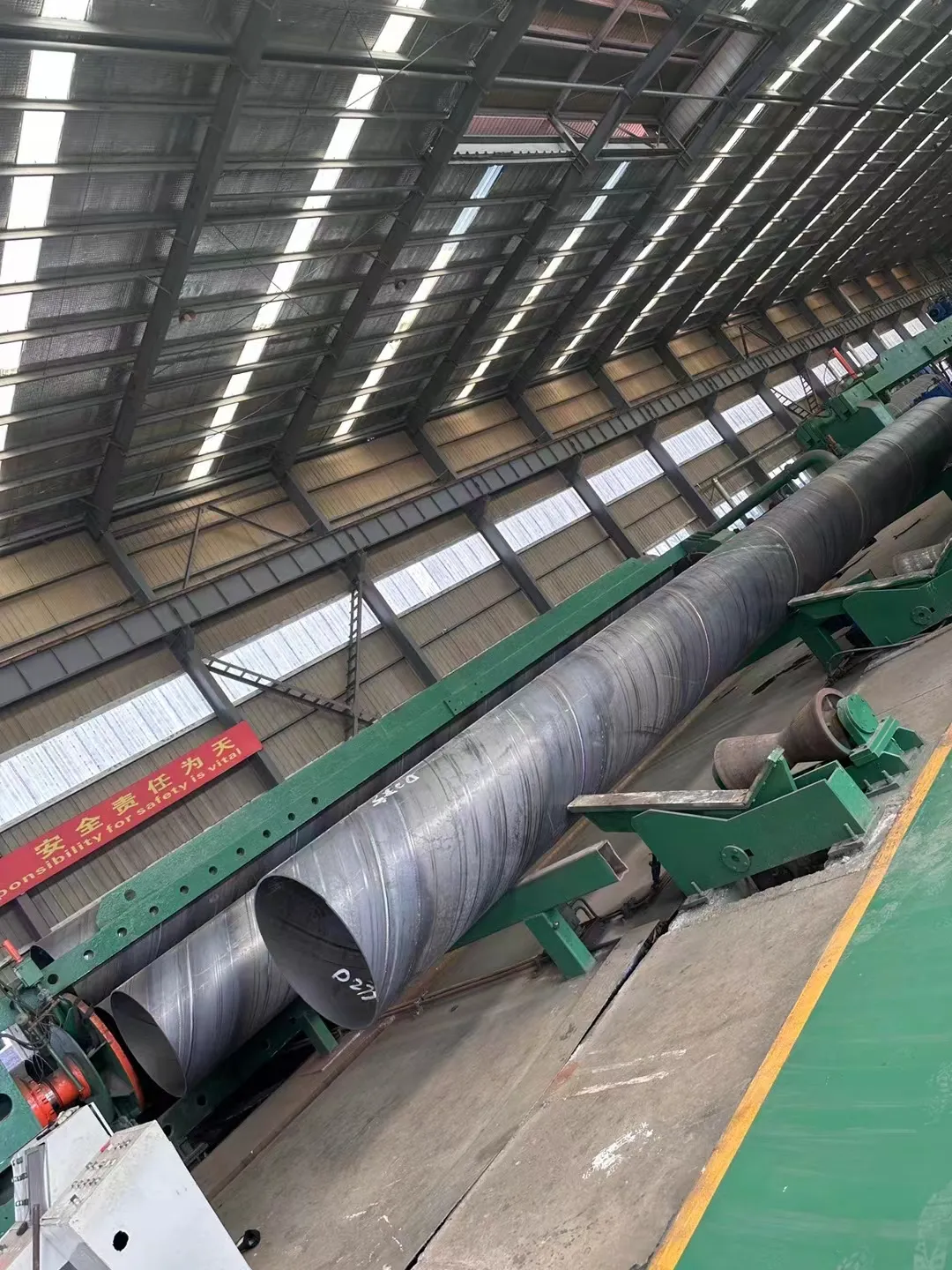-
Cangzhou Yulong Steel Co., Ltd.
-
Phone:
+86 13303177267 -
Email:
admin@ylsteelfittings.com
- English
- Arabic
- Italian
- Spanish
- Portuguese
- German
- kazakh
- Persian
- Greek
- French
- Russian
- Polish
- Thai
- Indonesian
- Vietnamese
- Zulu
- Korean
- Uzbek
- Hindi
- Serbian
- Malay
- Ukrainian
- Gujarati
- Haitian Creole
- hausa
- hawaiian
- Hebrew
- Miao
- Hungarian
- Icelandic
- igbo
- irish
- Japanese
- Javanese
- Kannada
- Khmer
- Rwandese
- Afrikaans
- Albanian
- Amharic
- Armenian
- Azerbaijani
- Basque
- Belarusian
- Bengali
- Bosnian
- Bulgarian
- Catalan
- Cebuano
- China
- China (Taiwan)
- Corsican
- Croatian
- Czech
- Danish
- Esperanto
- Estonian
- Finnish
- Frisian
- Galician
- Georgian
- Kurdish
- Kyrgyz
- Lao
- Latin
- Latvian
- Lithuanian
- Luxembourgish
- Macedonian
- Malgashi
- Malayalam
- Maltese
- Maori
- Marathi
- Mongolian
- Myanmar
- Nepali
- Norwegian
- Norwegian
- Occitan
- Pashto
- Dutch
- Punjabi
- Romanian
- Samoan
- Scottish Gaelic
- Sesotho
- Shona
- Sindhi
- Sinhala
- Slovak
- Slovenian
- Somali
- Sundanese
- Swahili
- Swedish
- Tagalog
- Tajik
- Tamil
- Tatar
- Telugu
- Turkish
- Turkmen
- Urdu
- Uighur
- Welsh
- Bantu
- Yiddish
- Yoruba

Oct . 06, 2024 17:35 Back to list
backing ring ansi 150
Understanding Backing Rings in ANSI 150 Flanges
In the world of piping and pressure systems, flanges play a pivotal role in ensuring secure and leak-free connections between segments of pipelines. Among various types, ANSI 150 flanges are standard fittings that conform to the American National Standards Institute (ANSI) specifications. These flanges are commonly used in various applications, including water, gas, and oil transport. A critical yet often overlooked component associated with ANSI 150 flanges is the backing ring. This article delves into the importance, design, and applications of backing rings in ANSI 150 configurations.
What is a Backing Ring?
A backing ring is a type of mechanical device used to provide additional support and stability to the flange connection. It is typically a flat or slightly elevated ring that is placed behind the flange face, hence its name. Backing rings can be made from various materials, including metals, plastics, or composite materials, depending on the service conditions and required performance.
The primary purpose of a backing ring is to improve the seal between the flange and its corresponding piping elements. This is particularly crucial in high-pressure applications, where the risk of leaks can be significant. Backing rings help distribute stress and reduce the risk of deformation, which can result in gaps that may lead to leaks.
Design Considerations for Backing Rings
When designing a backing ring for ANSI 150 flanges, several essential factors must be considered
1. Material Selection The chosen material for the backing ring must be compatible with the media flowing through the pipeline and capable of withstanding the service temperature and pressure. Common materials include carbon steel, stainless steel, and high-temperature alloys.
2. Dimensions The dimensions of the backing ring must align precisely with those of the ANSI 150 flange. This includes considerations for the inner diameter, outer diameter, and thickness. Proper sizing ensures that the backing ring fits securely without creating gaps that could lead to leaks.
3. Load Distribution The design of the backing ring should facilitate even load distribution across the flange. This reduces the likelihood of localized stress points that might compromise the integrity of the connection over time.
backing ring ansi 150

4. Corrosion Resistance Given the environments in which many piping systems operate, backing rings need to exhibit excellent corrosion resistance. This is particularly important in applications involving corrosive fluids or extreme temperatures.
Applications of Backing Rings
Backing rings are utilized in a variety of applications that require ANSI 150 flanges, including
1. Water and Wastewater Treatment In municipal water systems, where reliability is crucial, backing rings provide the assurance of secure connections that prevent leaks and water loss.
2. Oil and Gas Industry In the exploration and transportation of oil and gas, pipelines are subjected to high pressures. Backing rings help maintain integrity and prevent spills, ensuring the safe transport of these valuable resources.
3. Chemical Processing Many chemical plant applications involve hazardous materials. The role of backing rings in preventing leaks is vital for both safety and compliance with environmental regulations.
4. Power Generation In power plants, various fluids are transported at high pressures and temperatures. Backing rings ensure that the flange connections remain intact under these demanding conditions.
Conclusion
Backing rings are an integral component of ANSI 150 flanges, contributing significantly to the safety, reliability, and efficiency of fluid transport systems. By providing support and enhancing the sealing performance, backing rings mitigate the risk of leaks in critical applications across various industries. Whether in water treatment, oil and gas transportation, chemical processing, or power generation, understanding the importance of backing rings allows engineers and technicians to make informed decisions that ensure the longevity and safety of their piping systems. As the industry continues to evolve, the design and material selection of backing rings will also advance, further optimizing their performance in demanding environments.
Latest news
-
ANSI 150P SS304 SO FLANGE
NewsFeb.14,2025
-
ASTM A333GR6 STEEL PIPE
NewsJan.20,2025
-
ANSI B16.5 WELDING NECK FLANGE
NewsJan.15,2026
-
ANSI B16.5 SLIP-ON FLANGE
NewsApr.19,2024
-
SABS 1123 FLANGE
NewsJan.15,2025
-
DIN86044 PLATE FLANGE
NewsApr.19,2024
-
DIN2527 BLIND FLANGE
NewsApr.12,2024
-
JIS B2311 Butt-Welding Fittings LR/SR 45°/90° /180°Seamless/Weld
NewsApr.23,2024











